The Penny-Farthing, a distinctive bicycle with a large front wheel and a much smaller rear wheel, emerged in the 1870s. Its design evolved from the earlier velocipede or “boneshaker,” which was a rudimentary bicycle made of wood and iron with pedals directly attached to the front wheel. The Penny-Farthing’s name derives from the British penny and farthing coins, with the former being much larger than the latter, reflecting the bicycle’s wheel sizes.
Invented by British engineer James Starley, the Penny-Farthing was introduced in the 1870s. The design featured a large front wheel, sometimes over five feet in diameter, which allowed for higher speeds. This was because the distance covered per pedal stroke was directly related to the wheel’s size. The rider sat atop the large wheel, with a smaller wheel trailing behind for stability.
Riding the Penny-Farthing was a unique experience, requiring considerable skill. The rider’s elevated position, high above the ground and the large front wheel, meant a greater risk of falling, especially from the ‘header’ – a fall over the handlebars. Despite the danger, it became a popular symbol of daring and skill among young men of the era.
The Penny-Farthing reached the height of its popularity in the 1880s. It was especially favored by young, affluent men who viewed it as a status symbol and a means of displaying their athleticism and courage. Its unique design and the skill required to master it made the Penny-Farthing a noteworthy cultural icon of its time.
Technological Advancements and Variations
Throughout its popularity, the Penny-Farthing saw various design refinements. Innovations included the introduction of rubber tires and improvements in metalworking, which allowed for lighter and stronger frames. Despite these advancements, the fundamental design of the Penny-Farthing remained unchanged, constrained by the limitations of contemporary bicycle technology.
The decline of the Penny-Farthing began in the 1890s with the invention of the safety bicycle by John Kemp Starley, a relative of James Starley. This new bicycle design featured two equal-sized wheels and a chain drive to the rear wheel. The safety bicycle’s design offered greater stability, efficiency, and safety compared to the high-wheel Penny-Farthing.
The transition from the Penny-Farthing to the safety bicycle marked a significant evolution in bicycle design. The lower center of gravity and reduced risk of falling made cycling accessible to a wider range of people, including women and the elderly. This shift was instrumental in the widespread adoption of the bicycle as a popular mode of transportation and leisure.
Today, the Penny-Farthing is mostly seen as a novelty or used in historical reenactments and races. Its unique design and historical significance continue to capture the imagination of cycling enthusiasts. Modern replicas are sometimes made for these purposes, paying homage to the bicycle’s role in the evolution of cycling technology.









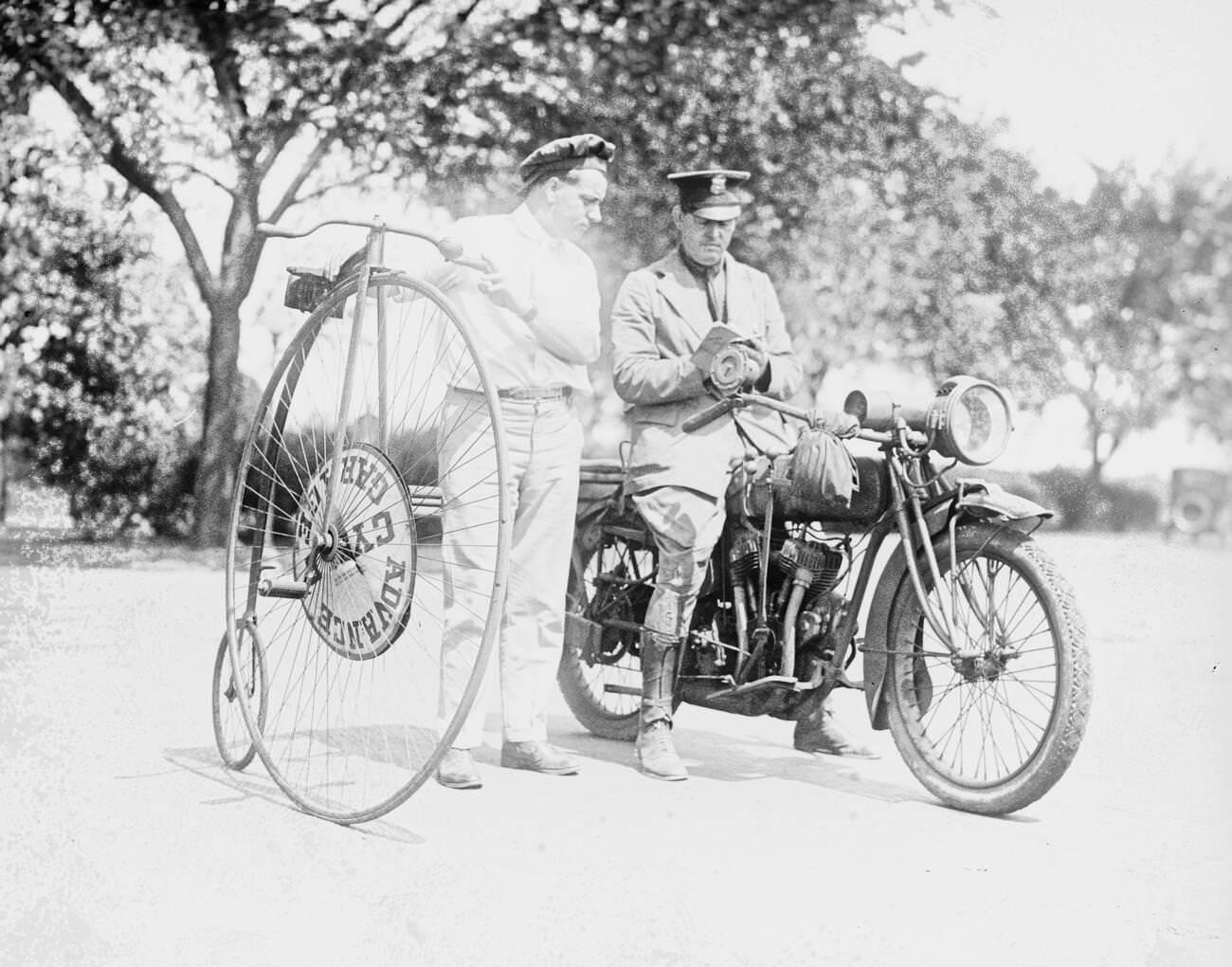

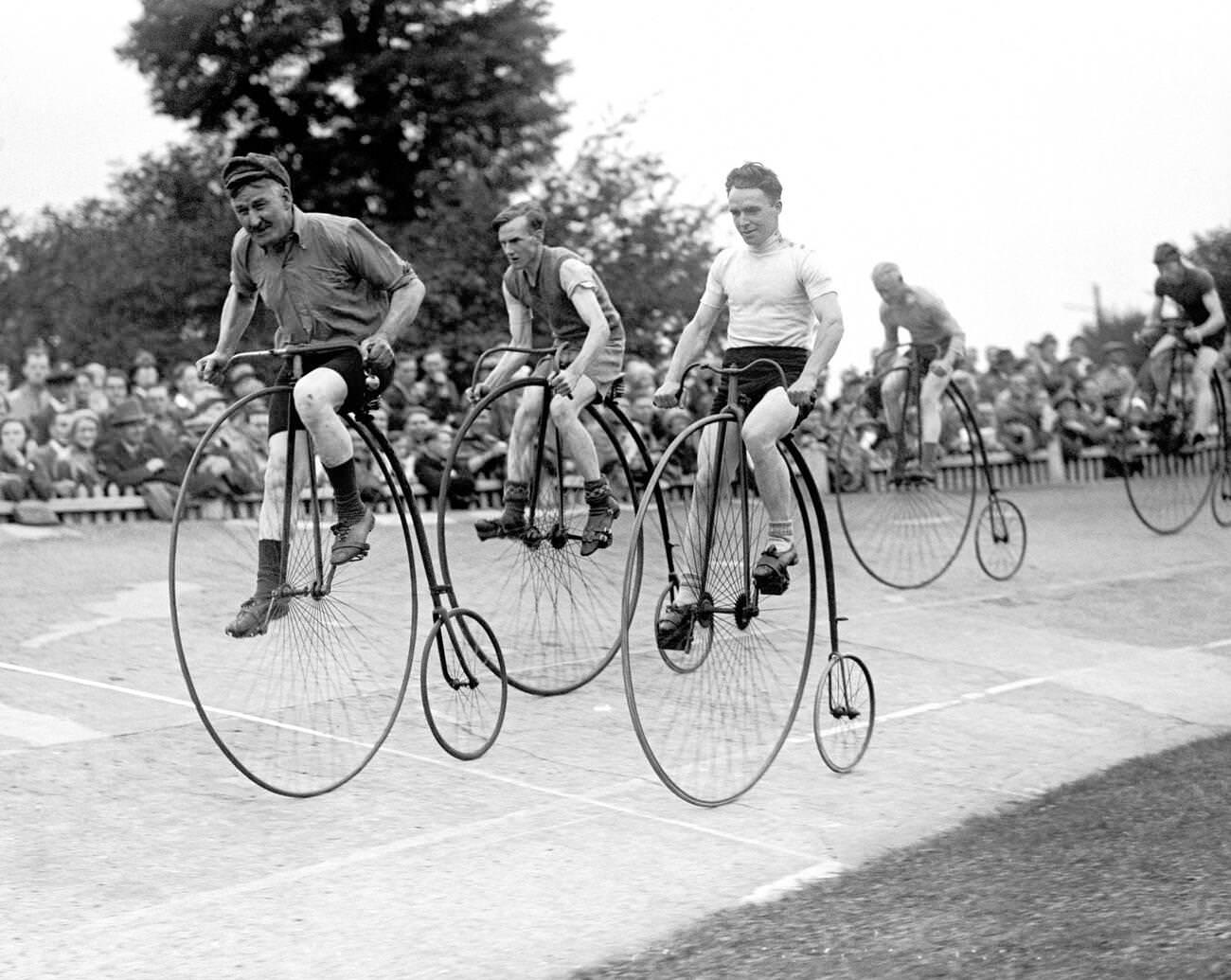

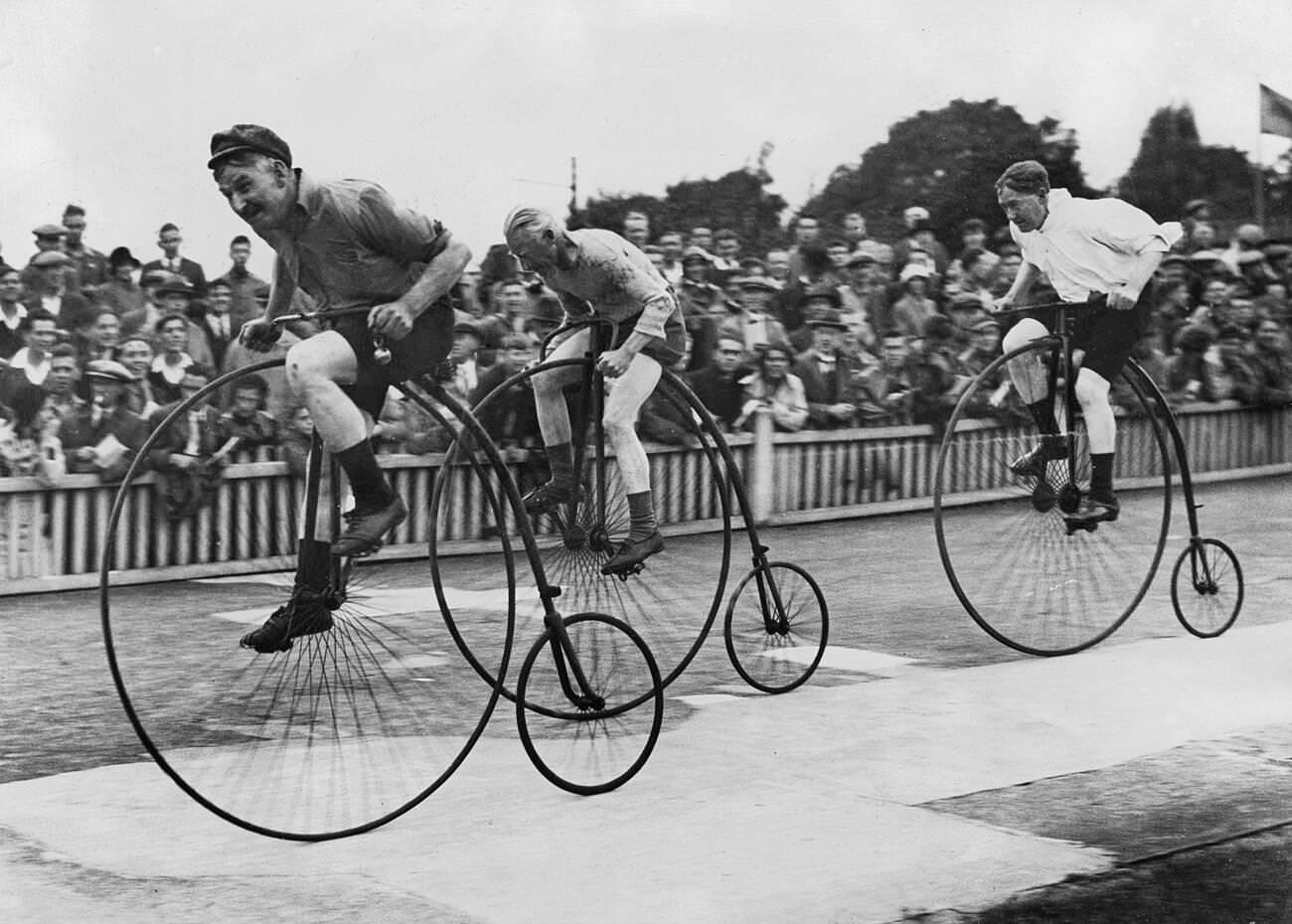






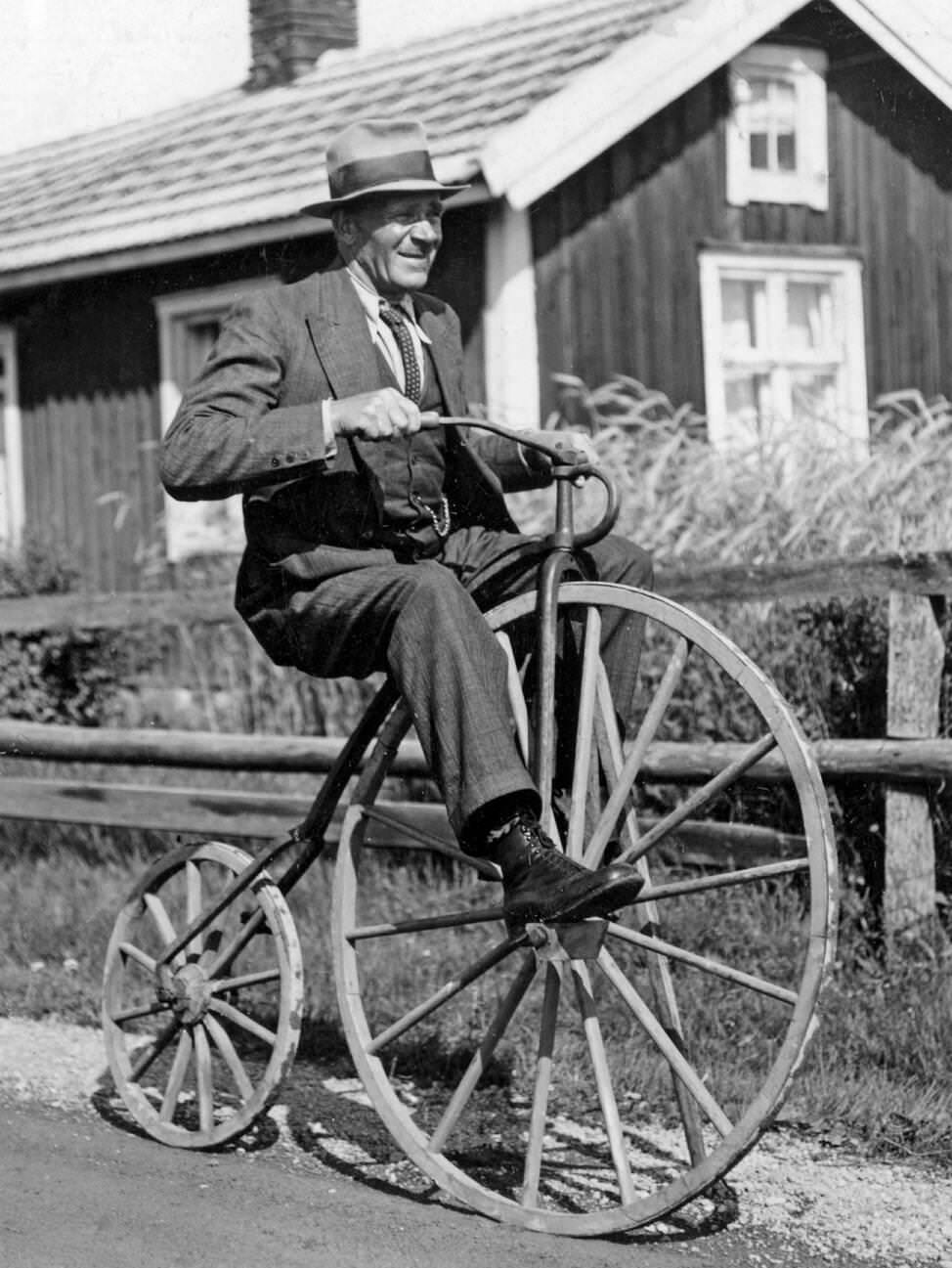





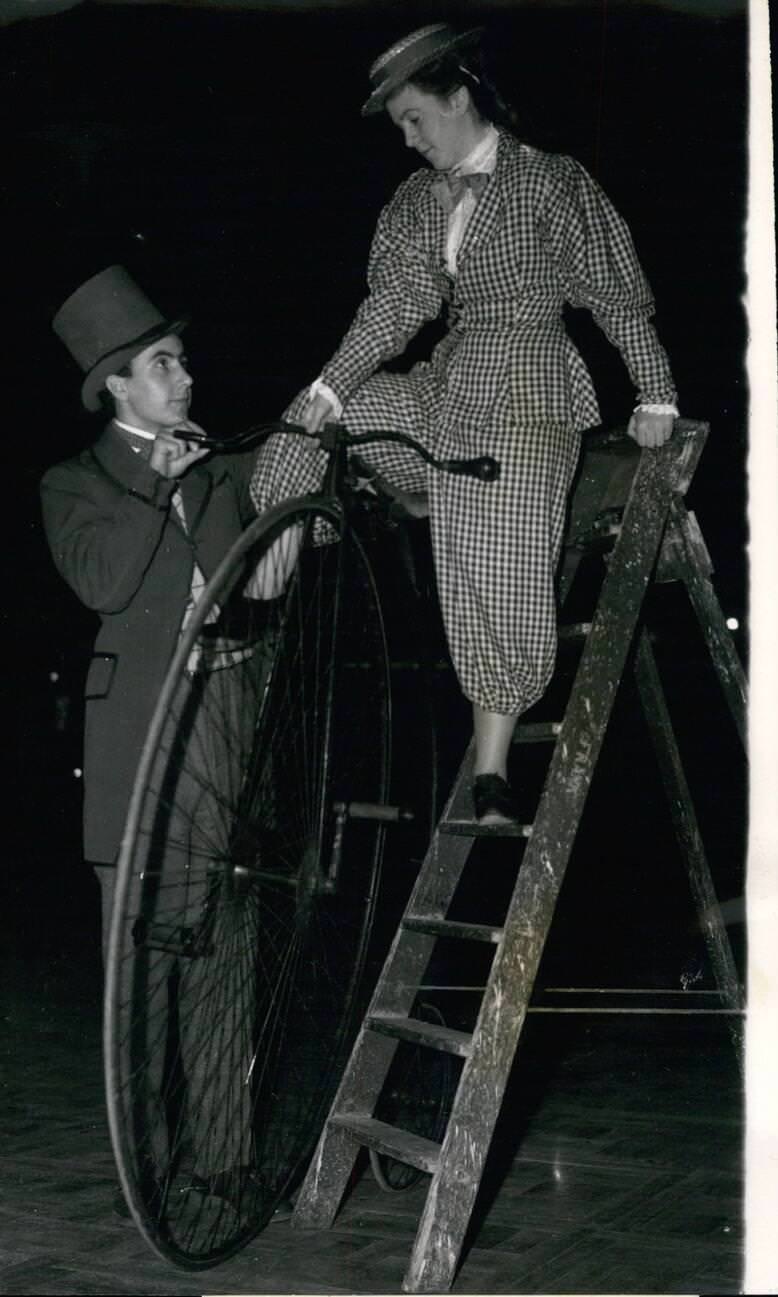
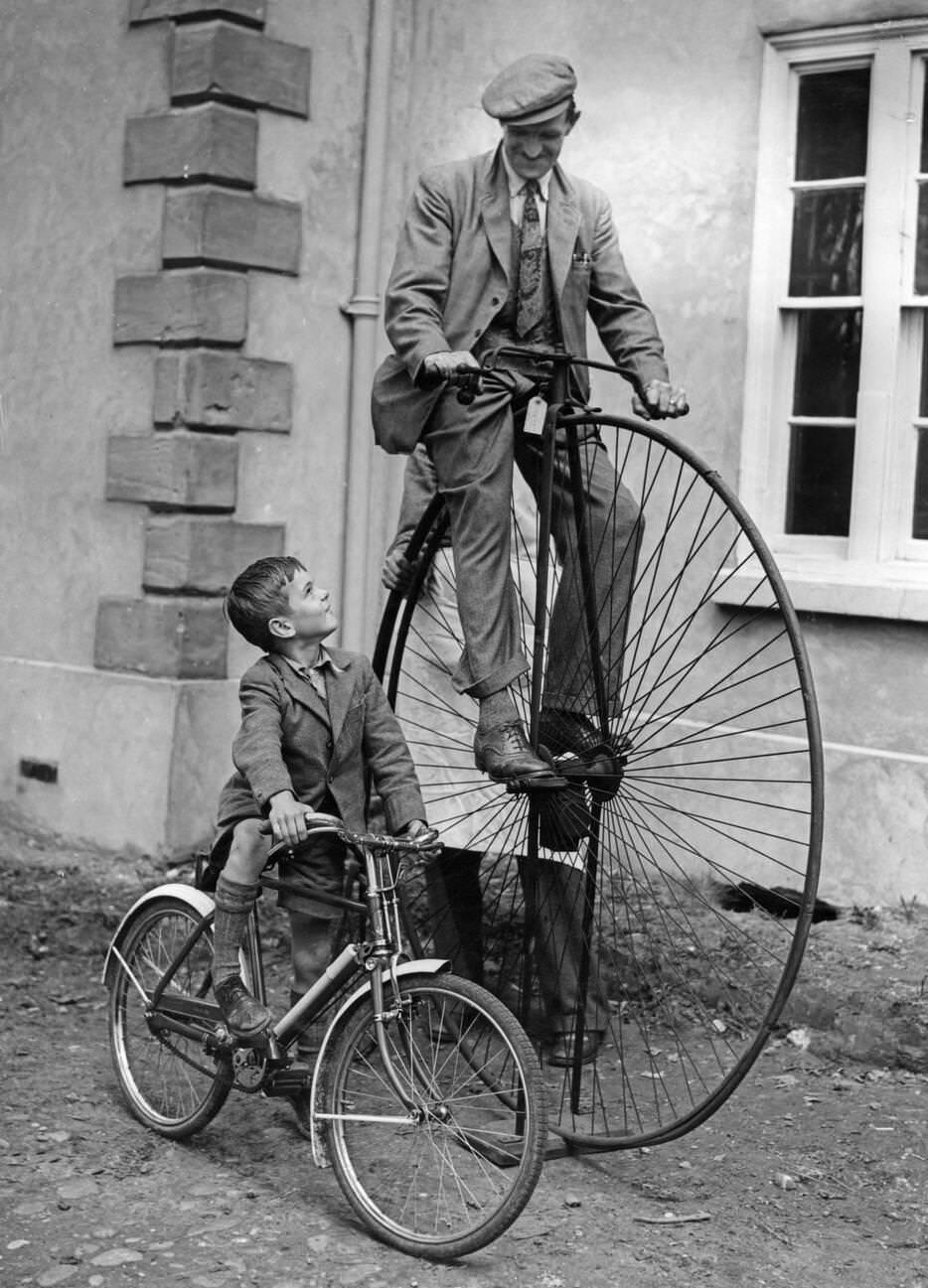












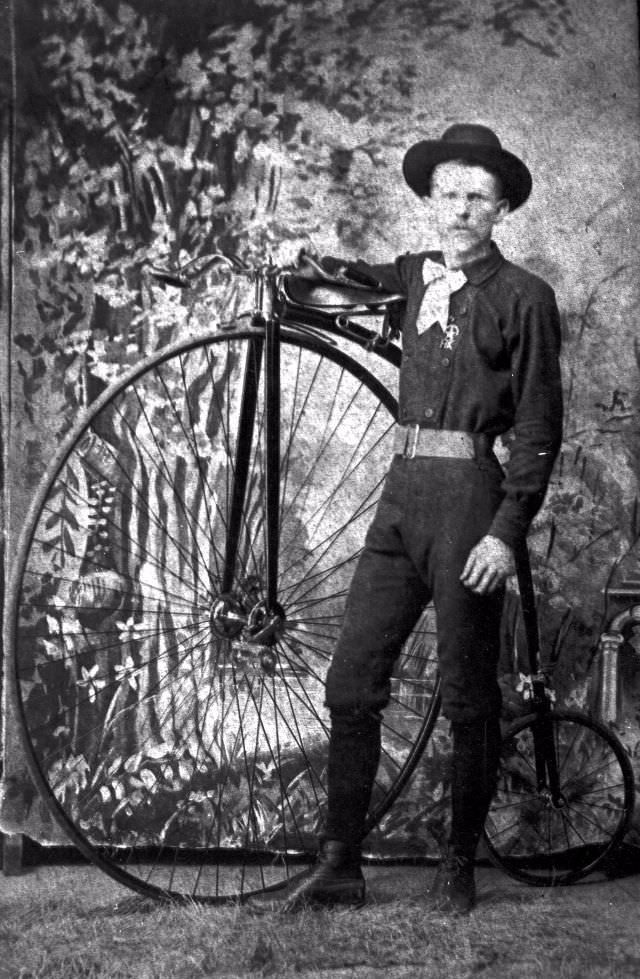


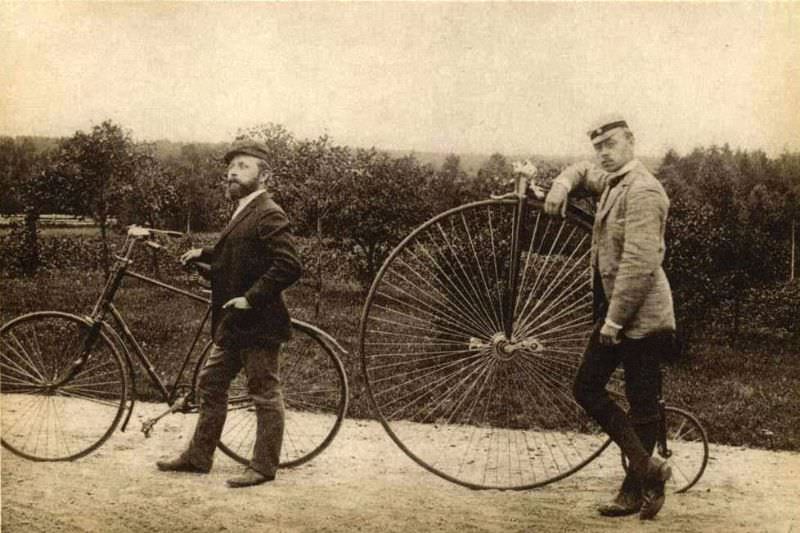



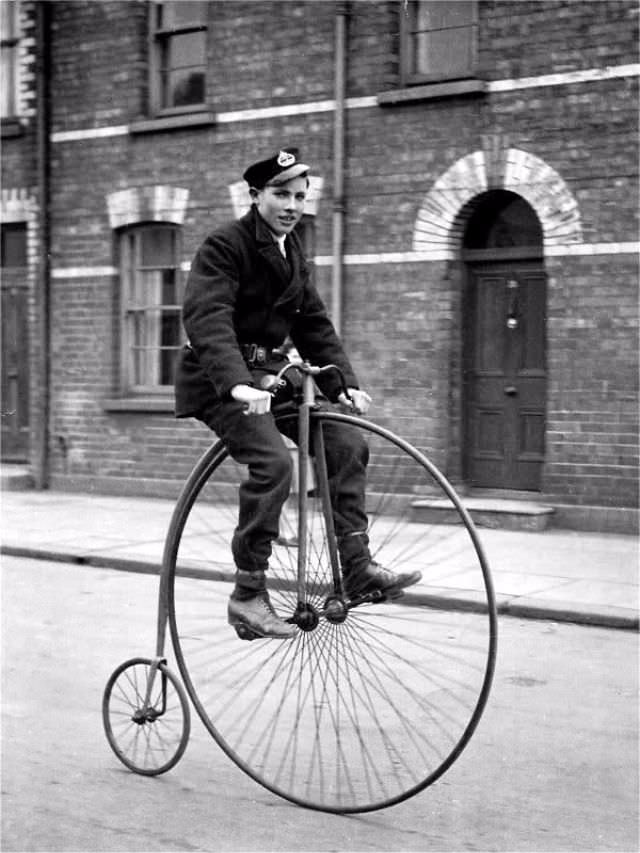






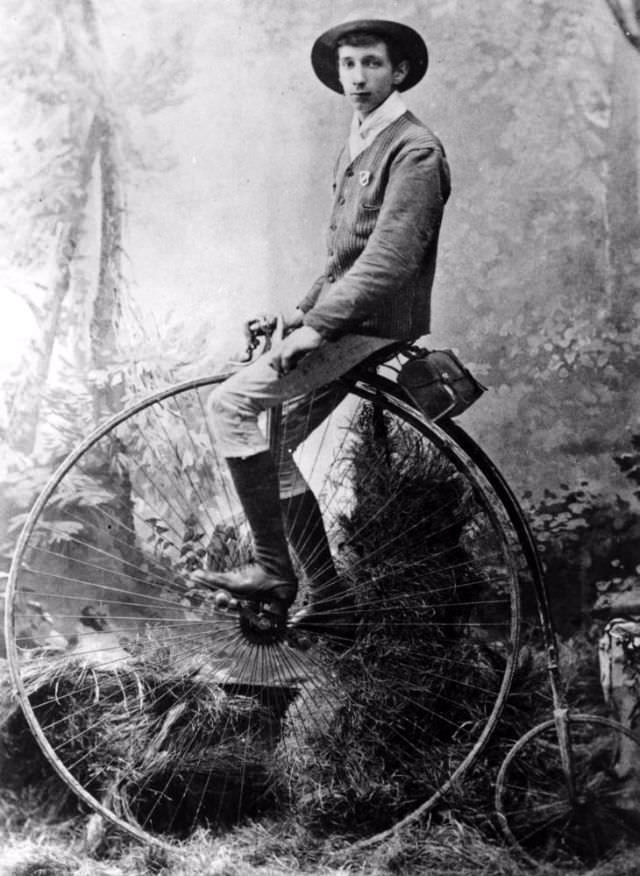












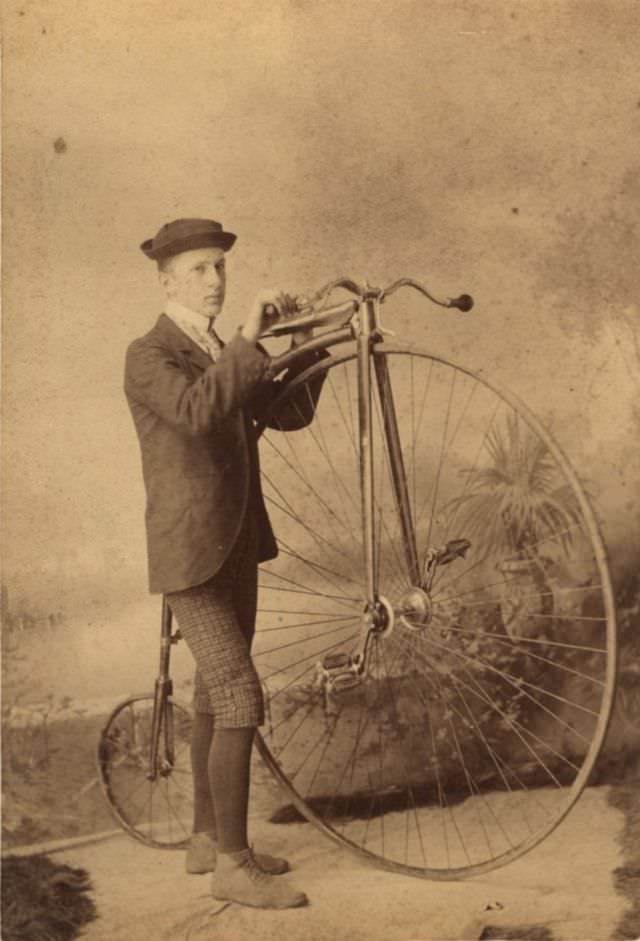




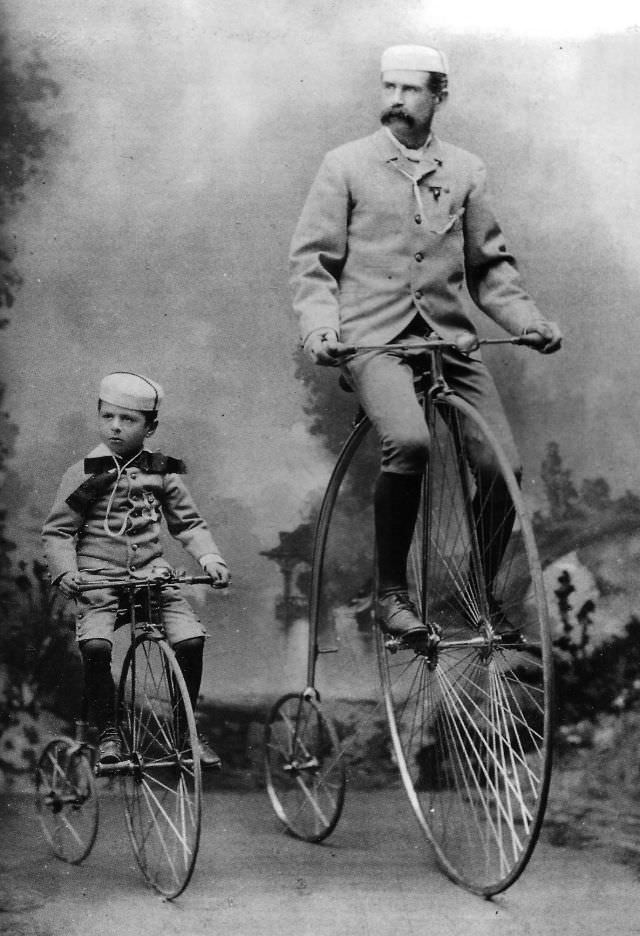

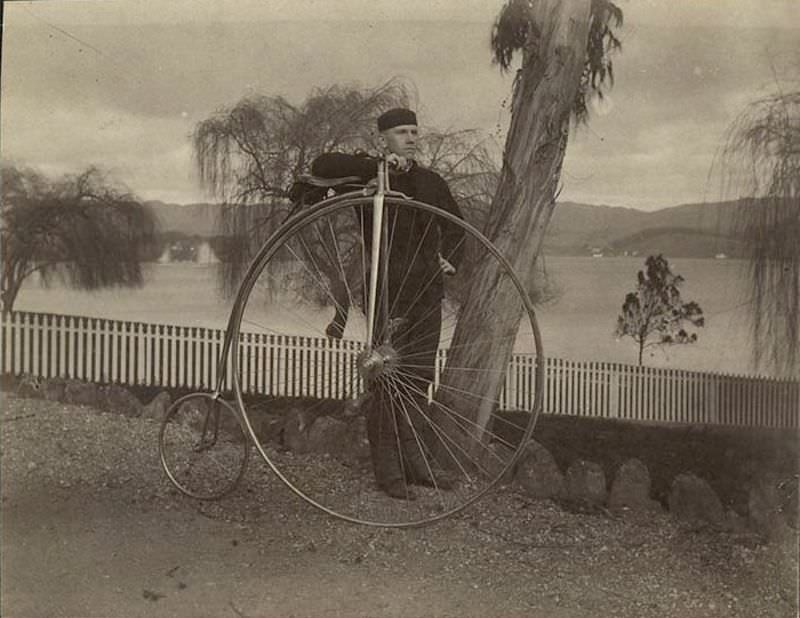



Great set of images. The captions from #9 onward don’t match the pictures
the captions are a bit messed up!